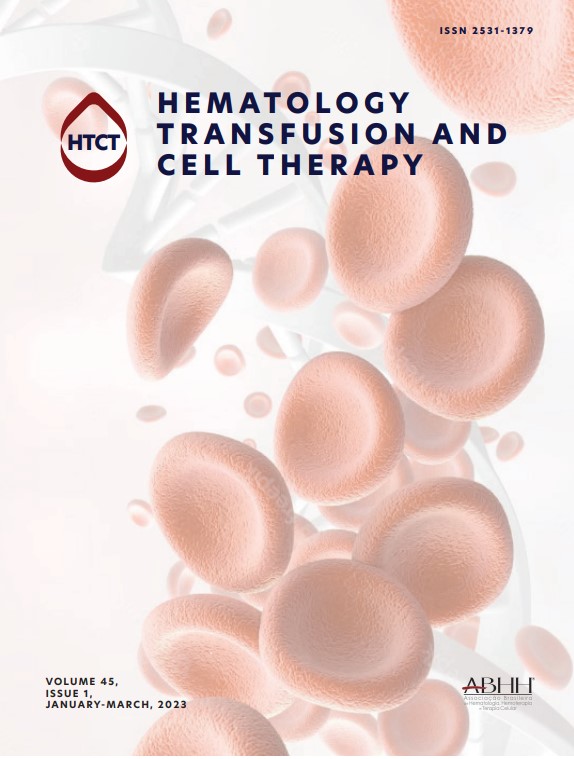
Sequence variants are usually silent and rarer in α-globin, some may lead to an unstable protein with hemolytic or thalassemic phenotype. The most common HBA variant is ConstantSpring which is leading to an unstable elongated protein chain. Others may be due to ins/del in the α-globin, one of them Hb-Taybe caused deletion of Thr residue at codon 40 of the HBA1. We report, for the first time, 2 cases with hemolytic anemia due to the presence of Hb-Taybe in trans with HBA2 poly-A mutations.
MethodologyPatients were managed in the Thalassemia Unit of the National Hematology Center. Detailed pedigrees are drawn, medical recordings are reviewed and peripheral blood samples are collected. Sanger sequencing was perfomed with in house designed primers (HBA1, NM_000558.5 and HBA2, NM_000517.6) on genome analyser (ABI3500). Deletion and duplication analysis is performed by MLPA.
ResultsP-1: A 4-yr-old male who was diagnosed at the age of 1 yr with congenital hemolytic anemia. He presented with jaundice, the blood film showed moderate hypochromia and anisopoikilocytosis. He was transfusion dependent.
P-2: A 45-yr-old female who was diagnosed at the age of 5 yr with congenital hemolytic anemia. She underwent splenectomy at the age of 32 yr due to moderate anemia. After splenectomy she was not transfusion dependent. Relevant clinical and laboratory data is presented at table.
ConclusionThe clinical presentation is variable from mild hemolytic anemia to regular transfusion requirement. One patient had to have splenectomy in order to ameliorate the transfusion requirement. This study supports the requirement of α-globin gene analyses, and a careful evaluation of cases with hemolytic anemia, particularly in populations where thalassemias are endemic, in order to avoid missing any of the rare globin variants and to offer accurate genetic counseling.







